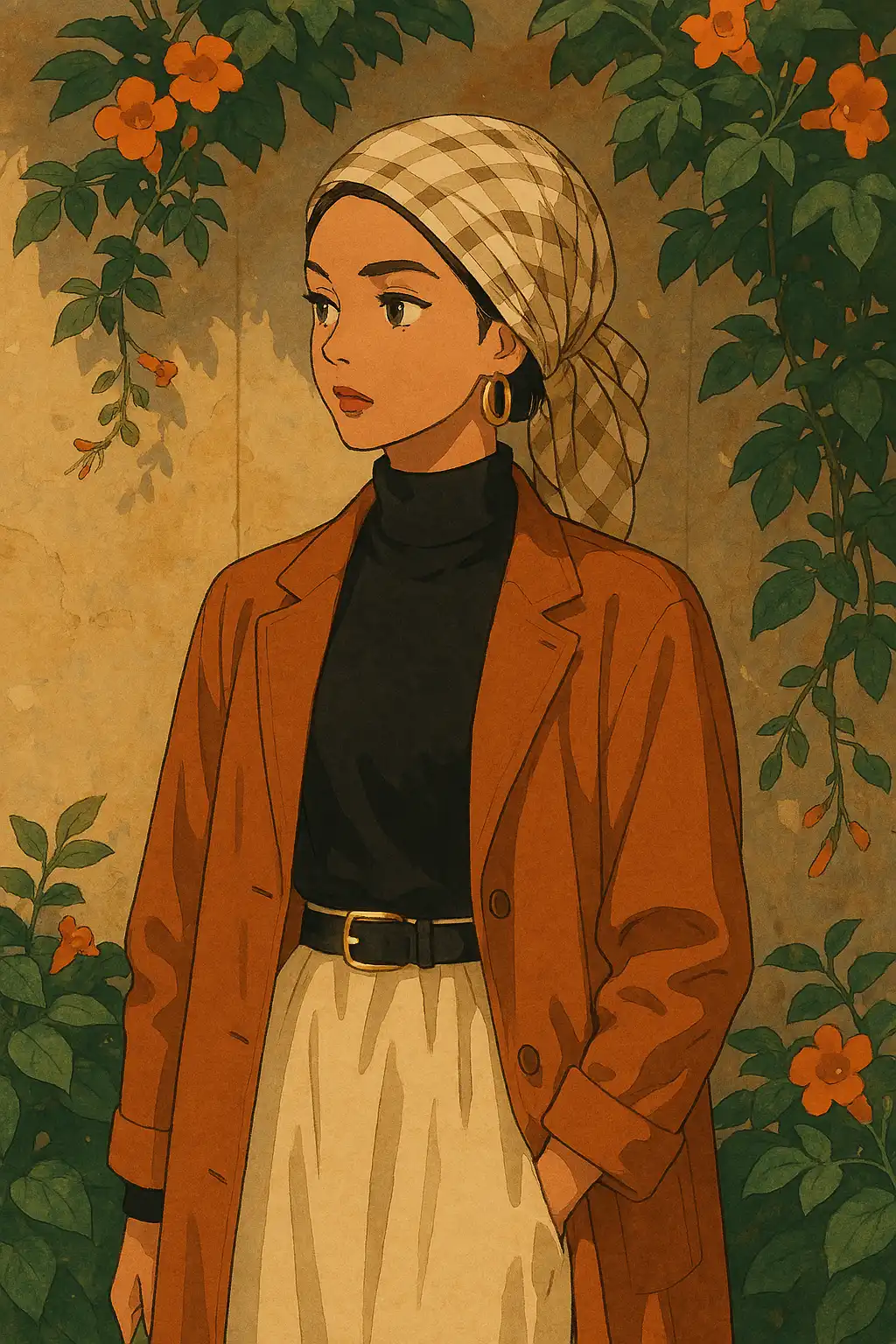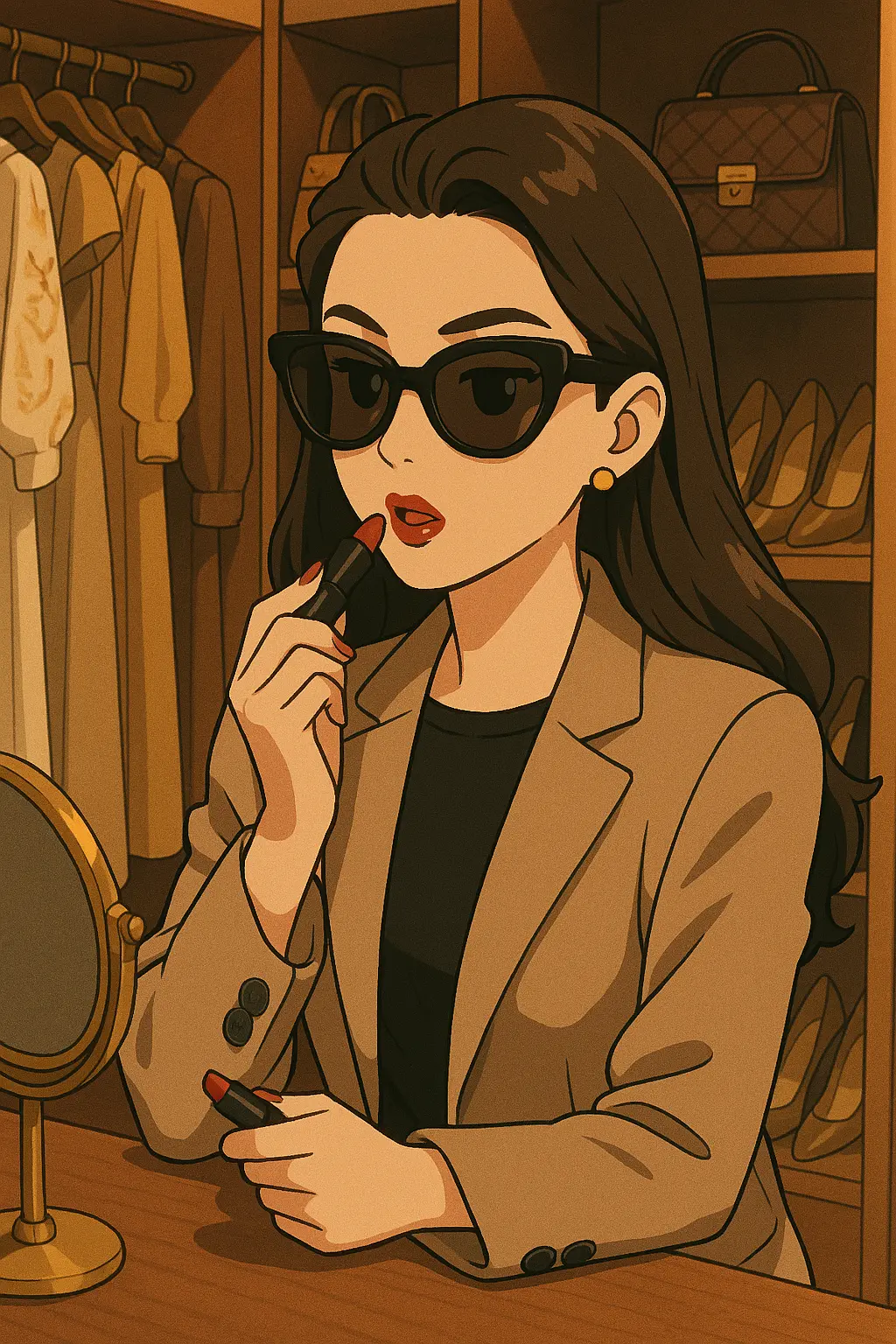Over the past few weeks, social media has been flooded with AI-generated images inspired by the visual world of Studio Ghibli—complete with soft lighting, oversized eyes, and pastel-toned scenes. The trend kicked off after a Seattle-based engineer used OpenAI’s ChatGPT-4o to generate a family portrait in the Ghibli style and shared it online. The post quickly went viral, intriguing thousands to recreate their own everyday moments in similar fashion.
Users are now turning prompts like “a cozy living room with family sharing sweets” or “two friends walking under lanterns” into personalized, animated scenes. The aesthetic—recognisable from films like My Neighbor Totoro and Howl’s Moving Castle—has become a popular format for online expression, offering a visually nostalgic yet aesthetic way to depict ordinary life.

The trend saw a sharp spike during Eid al-Fitr 2025, when users across the Middle East and South Asia created Ghibli-style Eid greetings. AI-generated scenes of families gathered around festive meals or exchanging gifts under crescent moons circulated widely across Instagram and TikTok.
And if you haven’t already, you can try it too. If you’re using ChatGPT-4o (the Pro version), just open a chat and type in a detailed prompt like, “A Ghibli-style illustration of me and my best friend drinking tea under lanterns, soft warm lighting, dreamy colors.” Alternatively, you can even upload a photo if you want it more personal. Within seconds, you’ll get your very own animated scene that looks like it came straight out of Spirited Away—but make it 2025. Other tools like Grok are also jumping on the trend, so you’ve got options.

While the results are undeniably cool, the trend has sparked debate around copyright, originality, and the use of AI to mimic iconic art styles. Studio Ghibli’s co-founder Hayao Miyazaki has publicly criticized AI art in the past, calling it “an insult to life itself.” Despite that, the trend continues to grow, with many viewing it as a new form of digital storytelling shaped by nostalgia, accessibility, and online creativity.




